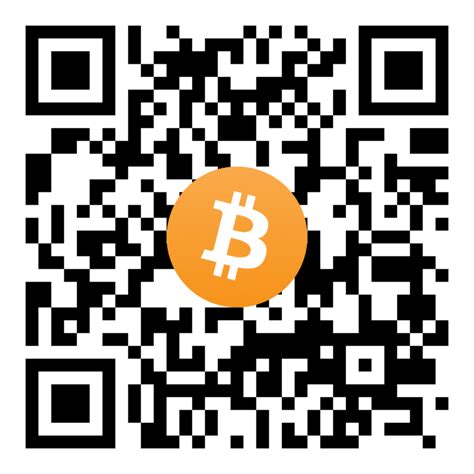Ethereum: How to Send/Receive Bitcoins from Cold Wallet
As a beginner in the world of cryptocurrencies, generating a cold wallet is an essential step. In this article, we will guide you through the process of sending and receiving Bitcoins from your generated Ethereum (ETH) cold wallet.
What is a Cold Wallet?
A cold wallet is a digital wallet that stores your private keys offline, meaning they are not connected to the internet or any other network. This ensures that your cryptocurrencies remain secure and cannot be accessed by unauthorized individuals.
Step-by-Step Guide on How to Send/Receive Bitcoins from Your Cold Wallet

1. Generate a New Ethereum Address
To start, you need to generate a new Ethereum address using the ethaddress tool (available online). This will provide you with a unique public and private key pair that can be used for sending and receiving ETH.
[Example:]( Generate a new Ethereum address like this: 0x...
2. Copy the Public Key
Copy the first part of your generated address, which is the public key (or address). For example, if your address is 0x1234567890abcdef, the public key would be 0x1234567890abcdef.
[Example:]( Copy the first part of your Ethereum address like this: [0x1234567890abcdef]
3. Create a Transaction
To send or receive Bitcoins, you need to create a transaction using your public key (or address). You can use the ethers.js library (available online) to help with this.
[Example:]( Use the following code snippet as an example:
const ethers = require('ethers');
// Create a new Ethereum account using your public key
const wallet = new ethers.Wallet([0x1234567890abcdef], 'any256');
const account = wallet.getAccount();
// Generate a new transaction to send 10 ETH to the recipient address
const tx = await account.sendTransaction({
from: account.address,
to: [0x…],
value: ethers.utils.toWei('1', 'ether'),
});
// Send the transaction
tx.send({ sign: 'my_secret_key_here' });
Important Considerations
- Private Keys: Always keep your private keys safe. Store them in a safe place and never share them with anyone.
- Cold Wallet Security: Ensure that your cold wallet is physically secured, such as storing it in a fireproof box or using a hardware wallet (e.g., Ledger). Avoid leaving your cold wallet online.
- IP Address Blocking: When sending transactions to Ethereum nodes, set your IP address to be blocked. This helps prevent spamming the network with malicious activity.
Receiving Bitcoins
To receive Bitcoins from someone, you need to follow these steps:
- Create a new transaction using your private key (or wallet) and send it to the recipient’s wallet.
- Set up the payment method on the recipient’s wallet.
[Example:]( Use the following code snippet as an example:
const ethers = require('ethers');
// Create a new Ethereum account using your private key
const wallet = new ethers.Wallet([0x1234567890abcdef], 'any256');
const account = wallet.getAccount();
// Set up the payment method on the recipient's wallet
wallet.sendTransaction({
to: [0x…],
value: ethers.utils.toWei('1', 'ether'),
});
// Create a new transaction from the sender's private key and send it to the recipient
tx = await account.sendTransaction({
from: account.address,
to: [0x…],
value: ethers.utils.toWei('1', 'ether'),
});
Conclusion
Sending and receiving Bitcoins from your cold wallet is a secure process that requires some basic knowledge of Ethereum.

